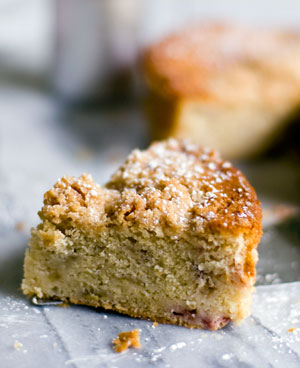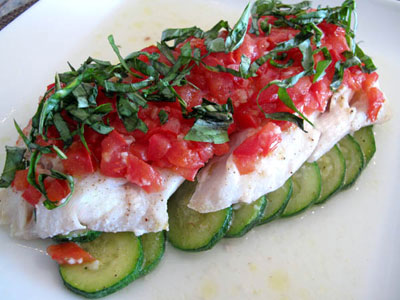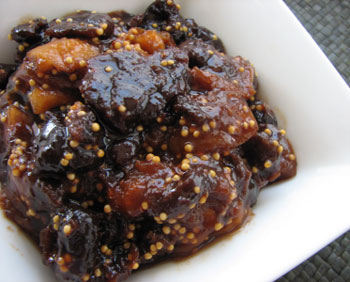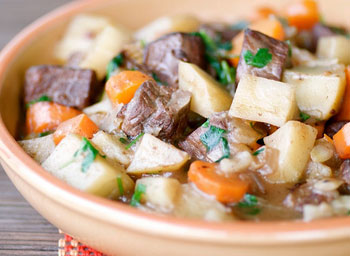 It’s rhubarb season. I took me a while but I have discovered rhubarb. And what I have discovered is that I like them. I like them in a crisp, in a buckle, in a muffin, stewed with other fruit, and in a pie. The word rhubarb was a turn off for me. I don’t know why. I just had a visceral aversion to it.
It’s rhubarb season. I took me a while but I have discovered rhubarb. And what I have discovered is that I like them. I like them in a crisp, in a buckle, in a muffin, stewed with other fruit, and in a pie. The word rhubarb was a turn off for me. I don’t know why. I just had a visceral aversion to it.
Then one evening, while out with some of my best friends, at one of my favorite restaurants – Gjelina – we ordered the strawberry rhubarb crisp for dessert. There were several other sweet treats on the table that night, but it was this particular dessert that blew our taste buds away. And it is forever etched in my memory. Cannot wait to go back. I’ll order a few of my favorite small bites and this crisp.
I picked up some rhubarb at the farmers market last weekend. Came home with it and the rest of my loot, and sat down in my comfy, oversized, vintage leather chair. I opened up one of my favorite books; rustic fruit desserts and searched for something to make. I earmarked the rhubarb buckle with ginger crumb as well as the rhubarb oat and pecan crumble.
In celebration of mother’s day, I made the buckle. What could be more satisfying than a piece of this cake, along with a cup of tea for a Sunday afternoon snack? I really can’t think of anything more satisfying...

 Well I'm back. I guess I took a vacation of sorts. Since my Mom was visiting I took some time to hang out and just relax. Except we didn't relax at all. If we weren't out and about, we were cooking and cooking and cooking.
Well I'm back. I guess I took a vacation of sorts. Since my Mom was visiting I took some time to hang out and just relax. Except we didn't relax at all. If we weren't out and about, we were cooking and cooking and cooking. Traditionally this fish would be cooked in parchment paper, and opened at the table (See NY Times article: "
Traditionally this fish would be cooked in parchment paper, and opened at the table (See NY Times article: " I spent a year living in Europe, and six months of that was in Italy. Having eaten a lot of Italian food, I like to think I understand it, perhaps just a little. In fact, whenever I try to recreate an Italian dish I think back to earlier versions that I've eaten. What was it that I liked about it? What was the essence of the dish?
I spent a year living in Europe, and six months of that was in Italy. Having eaten a lot of Italian food, I like to think I understand it, perhaps just a little. In fact, whenever I try to recreate an Italian dish I think back to earlier versions that I've eaten. What was it that I liked about it? What was the essence of the dish? One day when I was a little girl watching my mom make dinner, I asked her why we weren't a "meat and potatoes" family. She said, "That's because we're Italian, and we eat good food."
One day when I was a little girl watching my mom make dinner, I asked her why we weren't a "meat and potatoes" family. She said, "That's because we're Italian, and we eat good food."
